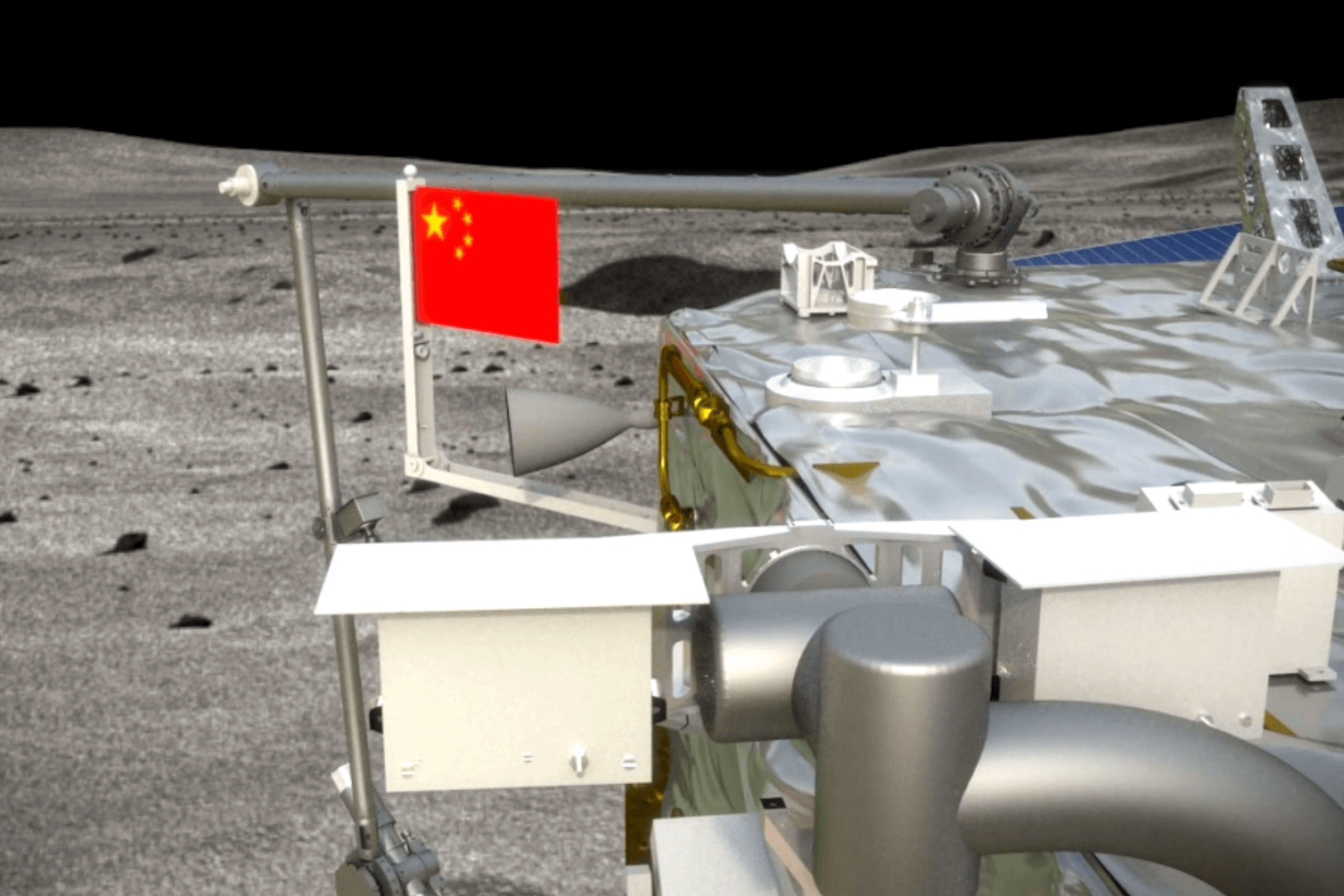
World’s First AI Model for Lunar Exploration Revealed by Chinese Experts
The first AI model ever made for exploring the moon Chinese experts revealed a new way to quickly process huge amounts of data about the moon. This is a big step forward in moon science that will help researchers better understand lunar craters and move planetary study forward.
Chinese scientists have released the first professional multimodal large language model (LLM) for moon science. This model is meant to make the handling of huge amounts of lunar data much faster.
The China International Big Data Industry Expo was held in Guiyang, which is the capital of Guizhou Province in the southwest of China. The Institute of Geochemistry of the Chinese Academy of Sciences and the Alibaba Cloud Intelligence Group showed off the new tool there.
It is the Institute of Geochemistry’s “digital moon” site that has the world’s largest collection of data about exploring the moon.
A “smart brain” has been made by the LLM for this digital moon. Vice President of the Alibaba Cloud Intelligence Group Ku Wei said that the LLM finds lunar craters and remembers their size, depth, and shape so that scientists can use this information to learn more about how the moon’s geology has changed over time.
A researcher at the Institute of Geochemistry named Liu Jianzhong says that there are over a million craters on the moon that are more than one kilometre across, as well as many many smaller ones. Liu said it would be impossible to name all of these holes by hand.
Now, all researchers have to do is upload a picture of a lunar crater, and the LLM will tell them about its shape, size, and age.
The Future of Lunar Research
According to scientists, the progress and growth of planetary science relies on two things: how far deep space exploration technology comes and how much data is processed and used.
Scientists say that big data-driven scientific research is changing the way that science and technology are developed, and that the intelligence of the digital moon will speed up China’s research and creation in space and on the moon.


